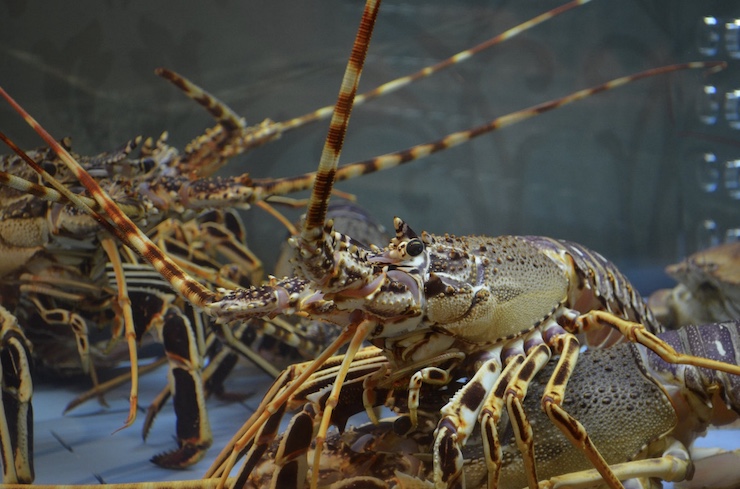National Oceanic and Atmospheric Administration (NOAA) Using Underwater Drones to Monitor Lobster Traps

Each state in the United States is famous for a thing or two. New York is best known for Manhattan, and Georgia is famous for its peaches. Maine has become best known for lobsters. Close to 40 million pounds, 90% of the nation’s lobster supply, is harvested off the coast of Maine. As a healthy and sustainably harvested marine species, the National Oceanic and Atmospheric Administration (NOAA) consider lobster fisheries to be a smart seafood choice. But to ensure that Maine’s lobster harvests remain sustainable, NOAA Fisheries and the Interstate Fishery Management Plan for American Lobster work hard to monitor fishing habits.
One of the biggest problems with commercial scale fishing is illegal bycatch in fishing nets. Much bycatch is simply tossed back into the water when the nets are brought up. But for marine creatures like whales, dolphins, and turtles that need to surface to breathe, these nets are a death trap. Regulations on fishing locations and the types of equipment used have been put in place by NOAA and other worldwide fisheries.
For almost 20 years, Michael Henry has worked for NOAA’s Northeast Fisheries. He is currently the Assistant Special Agent in Charge of Law Enforcement managing Maine’s state waters (within 3 miles of shore) and federal waters (3-200 miles from shore). In his time managing Maine’s busy lobster industry, he has seen most fishers adhere to regulations that protect endangered wildlife, specifically the critically endangered North Atlantic right whale. At one point, lobster and fishing nets were responsible for 11% of documented right whale deaths. In 1997, the Atlantic Large Whale Take Reduction Plan was implemented outlining what lobster fishers must do to protect whales. “For example,” NOAA’s website explains, “lobstermen must use sinking groundlines between traps to reduce the amount of line in the water column, which reduces the potential for whales and other protected species to become entangled. In addition, lobster permit holders are required to haul their active traps at least once every 30 days.”
One of Michael’s jobs is to routinely inspect the gear being used to trap lobsters. The traditional way of doing this would be to have a fisher haul up their nets without prior knowledge of an inspection. “It’s been a challenge for us for a long time to be able to effectively haul lobster gear offshore,” Michael said. “Just the environmental challenges, the safety challenges,” making it an ineffective process. Last year Michael and his team began using drones to covertly inspect lobster gear. The drones they are using are unmanned underwater vehicles. As opposed to aerial drones, NOAA does not need to notify the event of an inspection. This means they can catch violators unaware.
A trained operator deploys the drone from a nearshore point or the deck of an offshore vessel. The drone is remotely sent to the documented locations of fishing nets. A real time camera on the drone allows Michael and the operator to inspect the nets. The drone also stores all the data for further analysis. If Michael spies something suspicious, he then has the fisher haul up the net for a detailed inspection. If the drone reveals nothing amiss, Michael can move on, saving time and money.
So far the program is working. “We did have some success,” Michael said, “we identified gear with floating ground lines, missing trap-tags, and unmarked surface gear.” With the data collected proving that using drones are successful in covertly monitoring fishery practices, NOAA is in the works to expand the program. Michael said NOAA is in the process of hiring dedicated drone operators and purchasing more drones. This will give Michael and his team coverage of near and offshore fisheries. The Maine Department of Marine Resources has petitioned the governor of Maine with a budget proposal of $3.3 million to increase marine patrol infrastructure. This would include dedicated inspection vessels and increased technology like drones to protect Maine’s coastal wildlife.
|